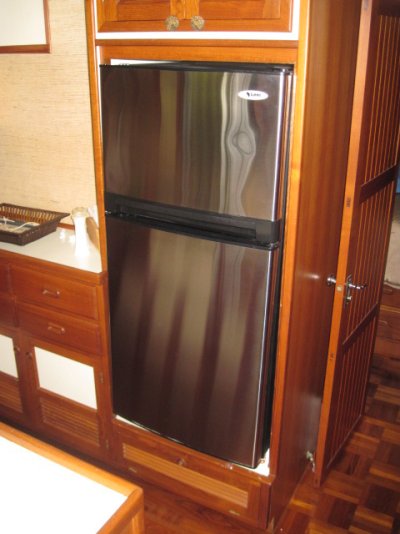timjet
Guru
- Joined
- Apr 9, 2009
- Messages
- 1,920
I will soon need to replace the upright refrigerator in my boat.
In looking over the manufacturers that make these uprights Isotherm, Tundra, Norcold and Novacool, they all seem about the same. They all use the same Danfoss compressor and they all range in size from 7 to slightly over 8 cubic feet.
The power consumption is also the same ranging from 4 to 5 amps? Only one manufacturer stated a possible usage of about 60 amps a day which would come out to the unit running about half the time.
The prices range from a low for the Norcold about 1200 dollars to a high for the Isotherm unit about 2200 dollars. So with all of the units using the same compressor why is there such a large difference in price for units roughly the same size?
In looking over the manufacturers that make these uprights Isotherm, Tundra, Norcold and Novacool, they all seem about the same. They all use the same Danfoss compressor and they all range in size from 7 to slightly over 8 cubic feet.
The power consumption is also the same ranging from 4 to 5 amps? Only one manufacturer stated a possible usage of about 60 amps a day which would come out to the unit running about half the time.
The prices range from a low for the Norcold about 1200 dollars to a high for the Isotherm unit about 2200 dollars. So with all of the units using the same compressor why is there such a large difference in price for units roughly the same size?

